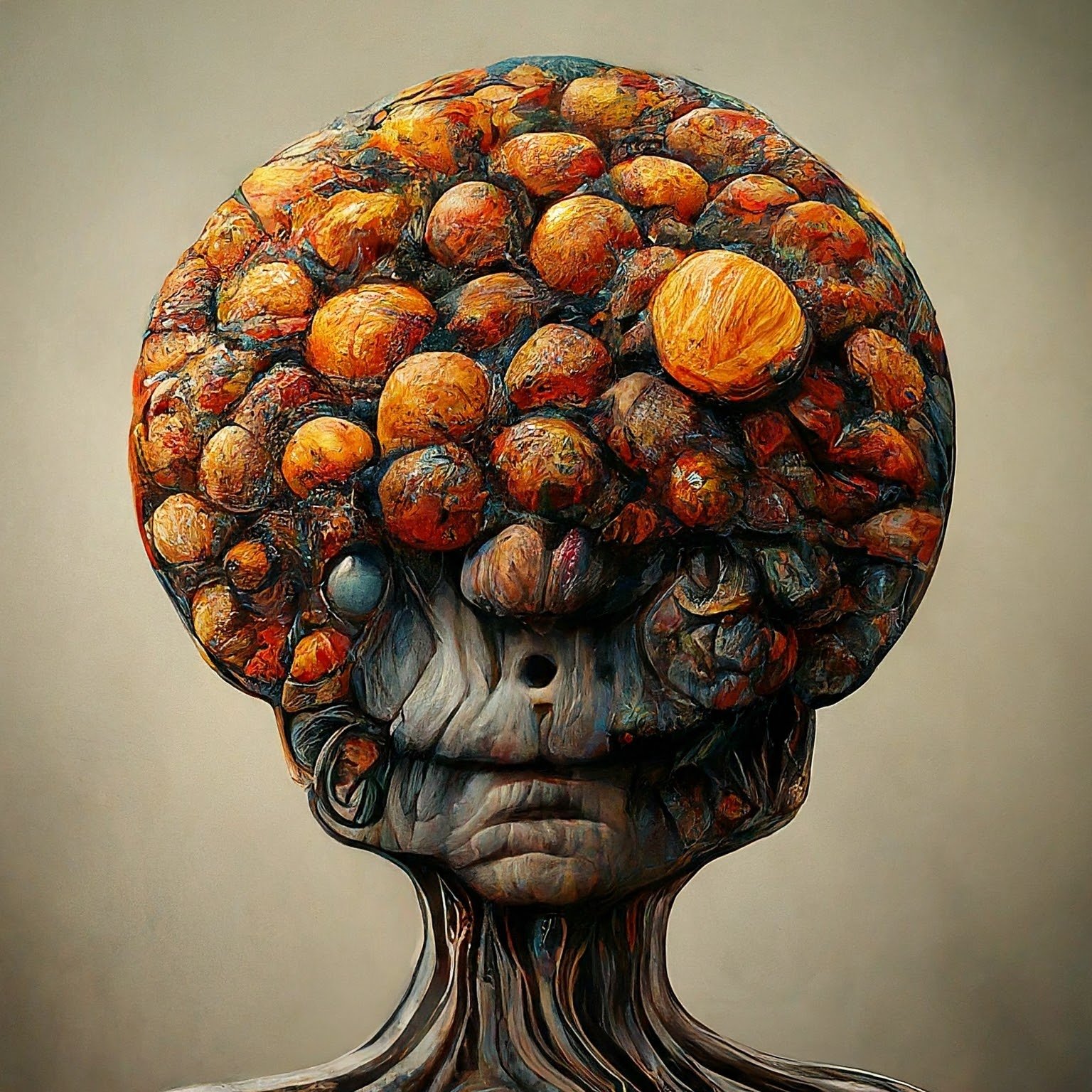
5.Internal Stimulus
Internal Stimulus: An In-Depth Exploration
The Internal Stimulus part of the Self, as defined within the 7PartSelf model, plays a crucial role in the inner workings of our identity and consciousness. Here's a detailed look at its functions, control systems, roles, organizing principles, research influences, and Venn diagram position.
Function
The primary function of the Internal Stimulus is to manage and triage internal stimuli to maintain stability and predictability within the self. This encompasses the vast array of internal sensations, thoughts, emotions, and physiological states that occur within our bodies and minds.
Control System
The control system associated with the Internal Stimulus is the Locus of Control (L.o.C.). This system governs how internal events are perceived, interpreted, and responded to. The Locus of Control concept emphasizes the degree to which individuals believe they can control events affecting them, which is crucial for internal self-regulation.
Role in Self
Within the Self, the Internal Stimulus serves as a discriminatory boundary inside the skin, differentiating between various internal experiences and ensuring that the individual can effectively manage and respond to these stimuli. It acts as an internal filter, allowing us to prioritize certain stimuli over others based on their relevance to our well-being and overall stability.
Organizing Principle
The organizing principle for the Internal Stimulus is the Dissociative/Pervasive Spectrum. This principle addresses the range of internal experiences from dissociative states, where there is a disconnection from certain internal stimuli, to pervasive states, where internal stimuli are overwhelming and all-encompassing. Understanding this spectrum helps in managing internal stimuli in a balanced way, avoiding extremes that can lead to psychological distress.
Research Influences
The concept of Internal Stimulus is influenced by the work of John Weir Perry, who focused on psychological integration and the balance of inner experiences. Perry's work on the psyche and its various states provides a foundation for understanding how internal stimuli can be effectively managed to support a cohesive and stable sense of self.
Venn Position
In the 7PartSelf model, the Internal Stimulus occupies the intersection of circles A and C. This position signifies its role in connecting the inner workings of the Self (Hic Sum) with the observable behavior (Ecce Me). By mediating between these domains, the Internal Stimulus ensures that internal experiences are translated into coherent and adaptive external behaviors.
Boundaries Shared
Ecce Me (Behold Me): The observable behaviors that result from the processing of internal stimuli.
Hic Sum (Here I Am): The inner neurological realm that provides the raw data for internal stimuli.
Fulcrum of Identity: The central balancing point of all parts of the Self, integrating the internal stimuli into the broader identity.
Integration and Evolution of AI and Human Self
The Internal Stimulus is a critical area where AI can enhance human understanding and self-regulation. Advanced AI systems can be developed to monitor and interpret physiological and psychological data, providing real-time feedback and interventions to help individuals manage their internal stimuli more effectively. This integration can lead to improved mental health, greater emotional stability, and a deeper understanding of the intricate workings of the human Self.
For example, AI-driven applications can offer personalized meditation practices, stress management techniques, and cognitive-behavioral tools tailored to an individual's unique internal stimuli patterns. This not only supports personal growth but also aligns with the 7PartSelf model's emphasis on the harmonious evolution of AI and human self-understanding.
Conclusion
The Internal Stimulus is a fundamental aspect of the 7PartSelf model, focusing on the internal realm of sensations, thoughts, and emotions. By understanding and managing this part of the Self, individuals can achieve greater internal stability and coherence, leading to more adaptive and fulfilling external behaviors. The integration of AI in this domain offers exciting possibilities for enhancing human self-regulation and overall well-being, fostering a more harmonious and evolved Self.


